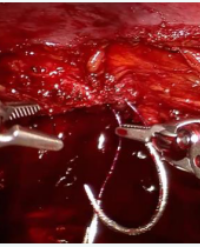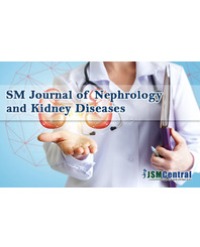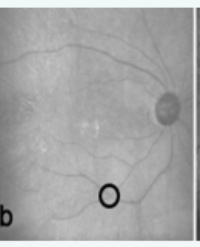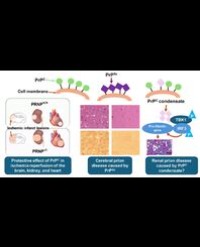
Contribution and Characterization of Lassa fever in Severe Acute Kidney Injury (AKI) in Endemic Areas of Southern Nigeria: A Retrospective Observational Study
Background : Amongst the diverse etiologies of severe acute kidney injury (AKI), Lassa fever (LF) occupies a prominent position in endemic areas of West Africa. However, there is a paucity of studies that compare the characteristics of LF and non-LF-associated cases.
Objectives : To determine the contribution of LF to severe AKI in an endemic area, and compare the illness characteristics and factors associated with mortality in LF versus non-LF-associated AKI.
Methods : We reviewed the records of patients admitted with severe AKI from 1st January 2019 to 30th September 2022 at Irrua Specialist Teaching Hospital (ISTH), and retrieved data on patients’ demography, clinical presentation, treatment, and outcome. We compared the frequencies of categorical data and means of continuous data between patients with LF and those without LF using chi-square test, t-test,and Mann-Whitney U test as appropriate, with the level of statistical significance set at p <0.05.
Results : Fifty-four (41.5%) of 130 patients with severe AKI had LF. LF was associated with a significantly lower mean age (p = 0.013), platelet count (p = 0.010), and mean levels of indices of renal dysfunction (p = 0.02 - <0.001) but there was no significant difference in mortality rates (LF 27.8%; non-LF 39.5%; p = 0.1674). The overall mortality was associated with need for inotropes, requirement for supplemental oxygen, and hemodialysis, and length of admission while the association of mortality with the latter and need for supplemental oxygen was only significant among patients without LF.
Conclusions : LF is a major cause of severe AKI in endemic areas, but it is not associated with any differential risk of mortality perhaps because the associated renal dysfunction is not as severe as in non-LF AKI.
Mojeed O. Rafiu1,2*, Ndidi N. Akerele1 , Samuel A. Dada3 , Christian E. Erohubie1 , Sulaiman D. Ahmed1,2, Osahogie I. Edeawe4 , Yemihan N. Ogbetere5 , Johnbull M. Akerele6 , Adewale E. Adetunji7 , Sampson O. Owhin8 , Kingsley Osuji9 , Stephan Günther10, Chukwuemeka O. Azubike1,11, Peter O. Okokhere2 , and George O. Akpede7,12**




